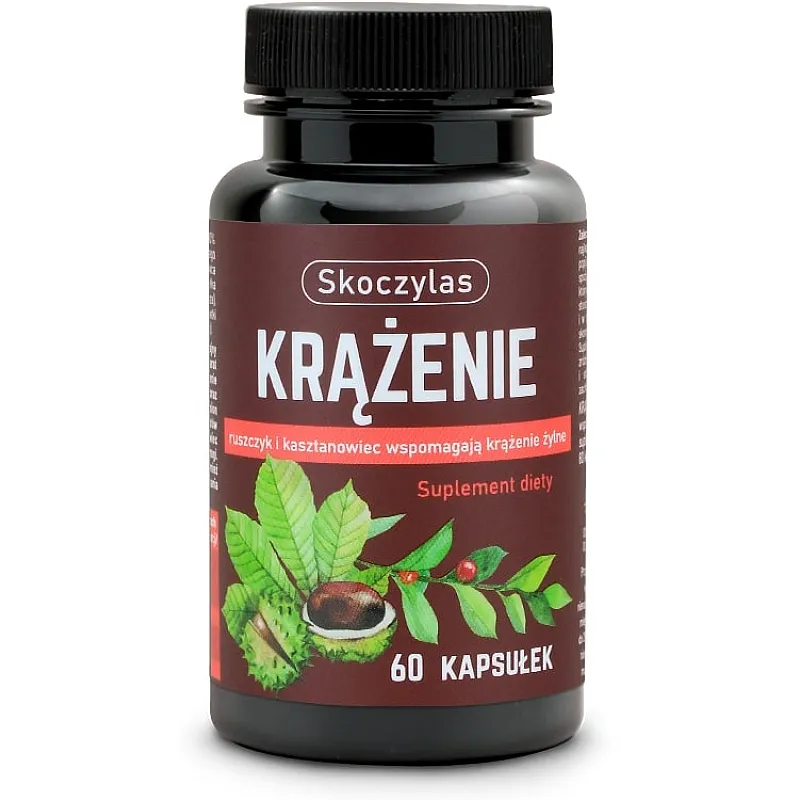Plant flavonoids in diet and supplementation - what are they and what are their properties?
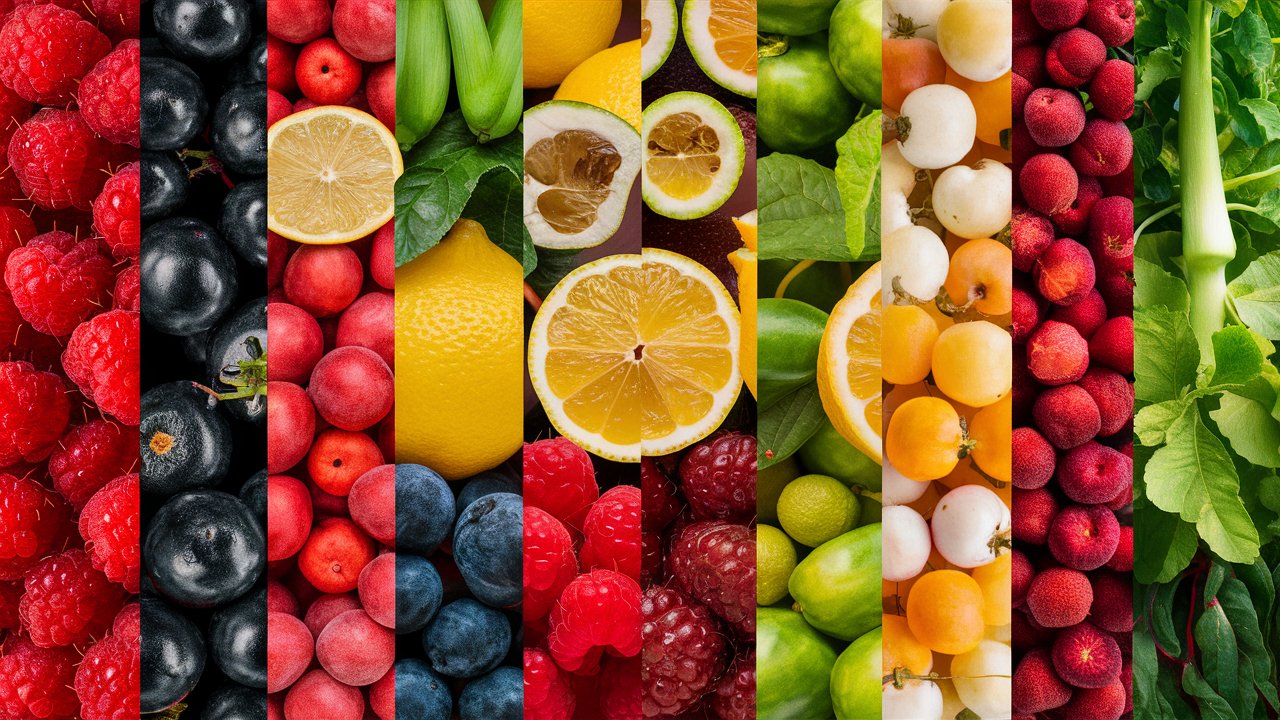
What makes plants healthy for humans? Vitamins? Minerals? Fiber? No doubt, but there is something else - flavonoids. These natural substances provide plants with protection and humans with a multitude of properties for health. Their potency means that dietary supplements with isolated flavonoids have a huge number of enthusiasts, and scientists are constantly researching their potential use in medicine. In this article, we will discuss what flavonoids are, how they work, and what to eat to provide them. Read to the end!
- Definition and characteristics of flavonoids
- Plant sources of flavonoids
- Biological and health effects of flavonoids
- Practical use and supplementation of flavonoids
- Flavonoids in cosmetics and pharmacology
- Summary
Definition and characteristics of flavonoids
Flavonoids are a group of natural substances with a variable phenolic structure. They are one of the most distinctive categories of substances found in plants. They have many functions in plants, mainly protective. They are well known for their beneficial effects on human health.
Flavonoids, due to differences in structural structure, are divided into several subgroups[1], including:
- anthocyanins,
- chalcones,
- flavanones,
- flavones,
- flavonols,
- isoflavones.
Biologically, flavonoids are secondary metabolites that consist mainly of a benzopyrone ring containing phenolic or polyphenolic groups at various positions
To date, more than 10,000 flavonoid compounds have been isolated and identified.[2] Pretty impressive, right?
Why do plants need flavonoids?
Many flavonoid compounds have intense color and are also pigments that impart color to flowers or other parts of the plant. In part, they also give flowers their aroma. These are among the qualities with which flavonoids help plants reproduce. They attract pollinators with their properties, encouraging them visually and by smell.
Flavonoids protect plants from various biotic and abioticstresses and act as unique UV filters, act as signaling molecules, phytoalexins, detoxifying agents and antimicrobial defense compounds. They play a role in reducing frost hardiness, drought resistance and may play a functional role in plant acclimatization to heat and frost tolerance. Thus, they are a kind of internal adaptogens for plants.
Perhaps you were intrigued by the term 'phytoalexin' in the previous paragraph? Well, some flavonoids even provide plants with a protective effect against predators. Phytoalexins are called substances that plants produce in larger quantities in response to pathogen attack. Many flavonoids have evolved as bioactive compounds that interfere with the action of nucleic acids or proteins and exhibit antimicrobial, insecticidal and pharmacological properties.[1] For this reason, some flavonoids, while used primarily for health-promoting purposes by humans, also have potential uses in agriculture as pesticides.
History of flavonoid research
There are huge numbers of publications in scientific databases with the results of in vitro and in silico studies involving various flavonoids. Today, more and more properties discovered in these preclinical studies are being confirmed in human clinical trials. There is still a long way to go to comprehensively explore all the possibilities that flavonoid consumption offers us both with our daily diet and from supplementation. However, this is information worth waiting for!
For both scientific research and dietary supplementation, most flavonoids are isolated from plants. However, we are now at a stage where in vitro technology has enabled new insights into the ability of plant cell tissue culture to produce the same valuable chemical compounds as the parent plants[1]. Advances in plant tissue culture methods for flavonoid production have exceeded expectations. As a result, it is possible that the supply of isolated flavonoids on the market will increase significantly in the near future, making dietary supplements with natural flavonoids even more affordable. In this way, a larger portion of the population could benefit from the enormity of the preventive and health-promoting properties of these antioxidants.
Plant sources of flavonoids
They are found in many foods, including:
- fruits,
- vegetables,
- grains,
- bark,
- roots,
- stems,
- flowers,
- tea,
- wine.
In the table below you will find more detailed information in which products you can find specific subgroups of flavonoids
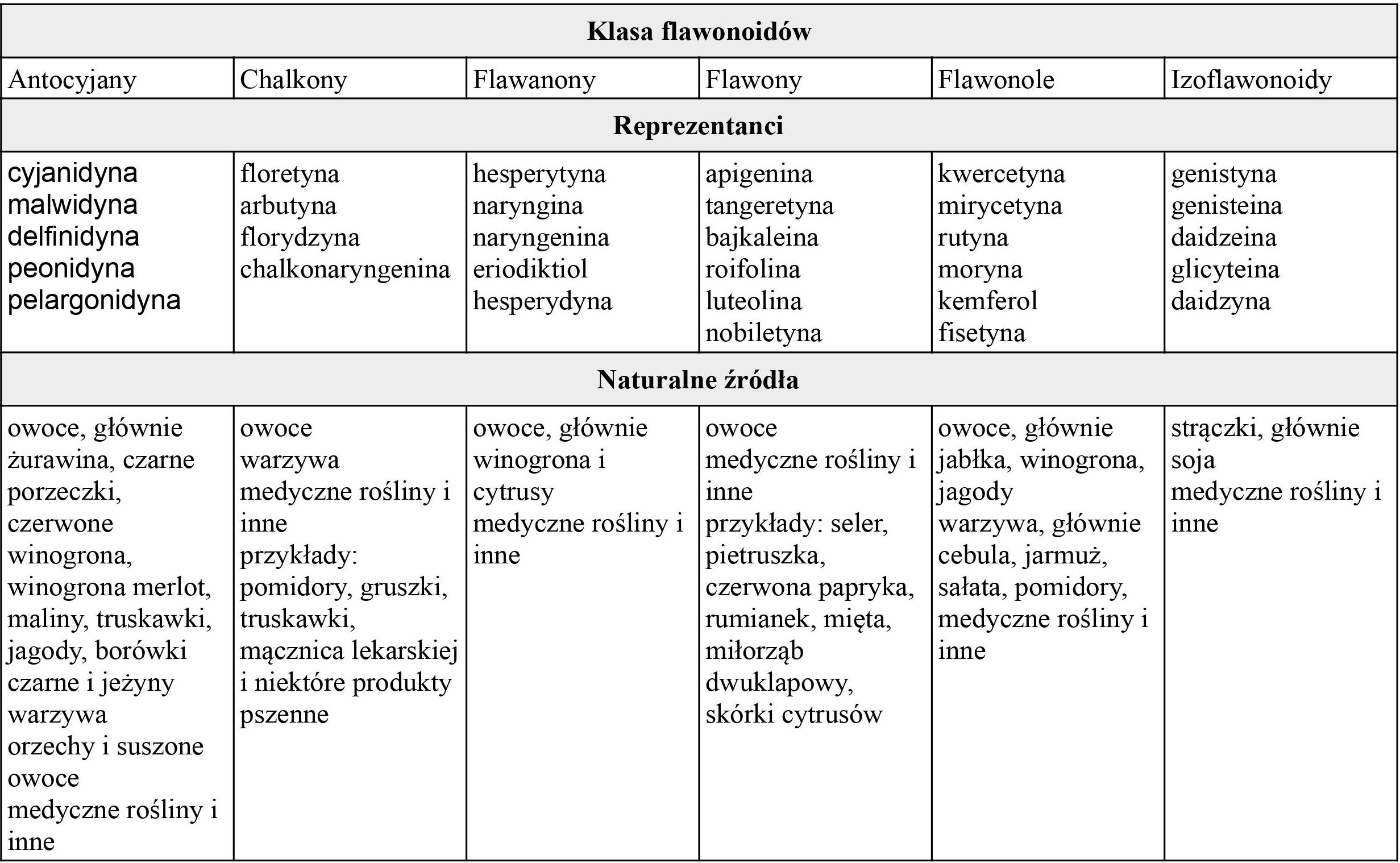
Their abundant occurrence in herbs, vegetables and fruits means that virtually everyone who tries to maintain a healthy diet automatically benefits from the many properties of flavonoids without even realizing it.
Highly concentrated plant extracts, containing up to 99% flavonoids, are used in the production of dietary supplements.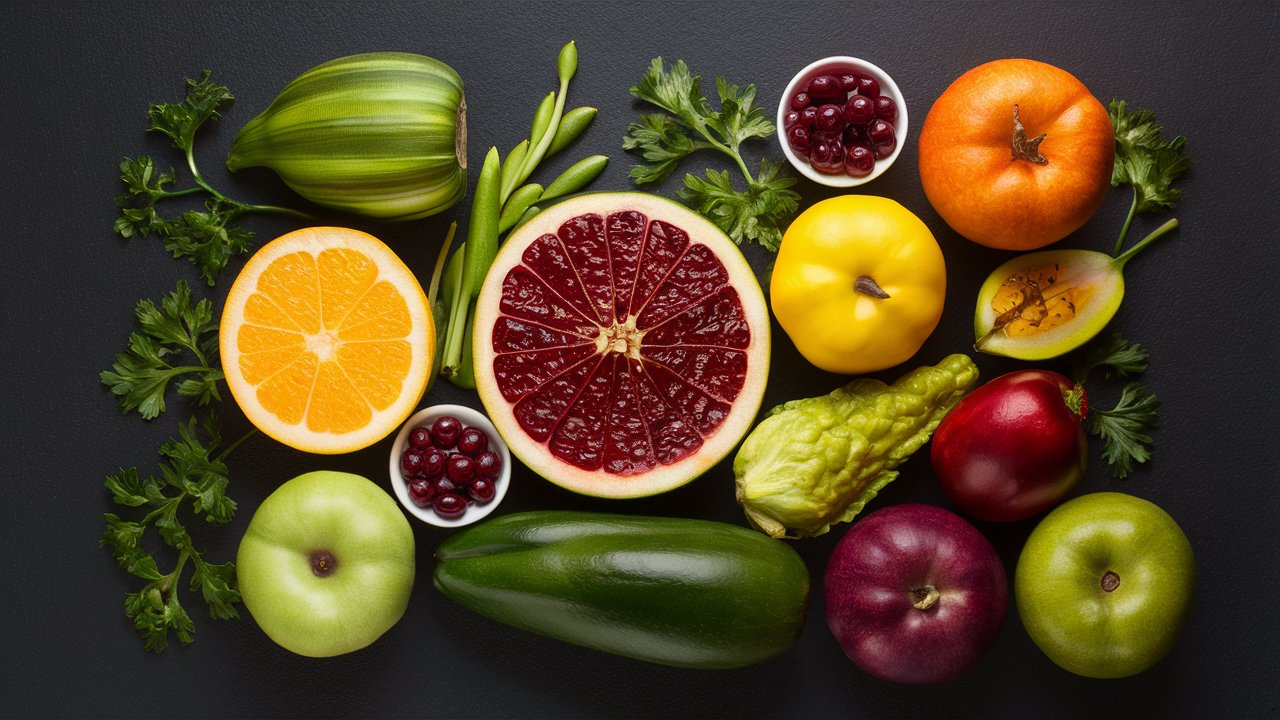
Biological and health effects of flavonoids
The potential of flavonoids observed in research includes antioxidant, anti-inflammatory, anti-mutagenic and anti-cancer properties, combined with their ability to modulate key cellular enzyme functions. Protection against viruses and counteracting allergic reactions, and even counteracting cancerous processes are other properties that have been noted in studies, although they are already more specific to specific groups and representatives of flavonoids. Research on individual flavonoids provides solid evidence that vegetables and fruits should be in the diet as much as possible.
The graphic below shows detailed properties of flavonoids, including specific biochemical mechanisms.
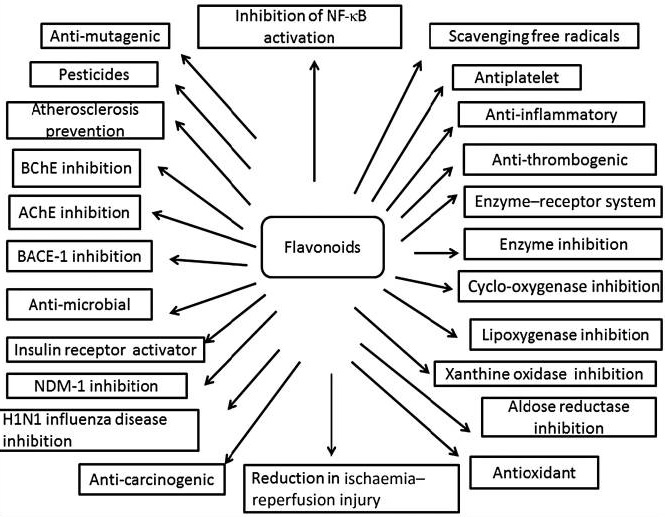
Graphic source - PMID: 28620474
Antioxidant properties
The body's cells and tissues are constantly at risk of damage from free radicals and reactive oxygen species. The greatest threat is lipid peroxidation, which results in damage to cell membranes.
Free radicals and reactive oxygen species are produced during normal oxygen metabolism, so their daily production is completely normal and harmless, as long as a balance is maintained in the body by an adequate supply of antioxidants. This includes the body's own production of antioxidant enzymes, as well as the supply of antioxidants from the diet, such as in the form of flavonoids.
Almost every group of flavonoids has the ability to act as an antioxidant. Flavones and catechins appear to be the most potent in protecting the body from reactive oxygen species.[1] Antioxidant properties are a major focus of researchers' research on flavonoids and underlie many of the health-promoting properties discovered in clinical trials.
Anti-inflammatory effects
Acute, short-term inflammation caused by a specific stimulus can pull the body out of more than one bind. The problem arises when inflammation persists for a long time, even when it is not strong. This can be compared to keeping the repair systems on constant alert, with no opportunity for rest and no apparent reason for it. Sooner or later there will be an overload, and there is growing evidence that chronic inflammation is responsible for the huge incidence of so-called "lifestyle diseases.
We know from studies that many flavonoids are potent inhibitors of several enzymes, such as xanthine oxidase (XO), cyclooxygenase (COX), lipoxygenase and phosphoinositide 3-kinase[1]. Anti-inflammatory effects thus arise from different mechanisms, and consuming multiple products that contain flavonoids from different subgroups may yield a more comprehensive effect on managing inflammation in the body.
Effects on the nervous system
Relatively recent research on various plant metabolites has shown that flavonoids may play a key role in the brain's enzyme and receptor systems. In this way, they can exert significant effects on the central nervous system, for example, preventing the neurodegeneration associated with Alzheimer's and Parkinson's diseases. Among other things, the neuroprotective effects are influenced by the above-mentioned anti-inflammatory and antioxidant properties of flavonoids, but their role does not end there.
Some flavonoids have the effect of inhibiting the enzyme acetylcholinesterase[1]. This is an enzyme that breaks down the neurotransmitter acetylcholine. Its inhibition results in increased availability of acetylcholine at synapses. Since this neurotransmitter is heavily involved in memory formation processes, flavonoids have the potential to support brain health. The subject of much research is the use of flavonoids and their derivatives in the prevention and treatment of Alzheimer's disease, which is associated with impaired acetylcholine function. It is not excluded that in the future some flavonoid derivative will successfully enter the pharmaceutical market as an effective Alzheimer's drug.
Effects on the cardiovascular system
The link between flavonoid consumption and cardiovascular disease risk is very interesting. Several studies have shown that people who consume large amounts of flavonoids have as much as an 18% lower risk of mortality from cardiovascular disease.[2] Among other things, it has been observed that providing large amounts of flavonoids reduces arterial stiffness. Many studies have also provided solid indications of anticoagulant effects.
Antiviral and antimicrobial properties
Flavonoids are one of the tools for plants to fight pathogens, so they can also help humans in a similar way. Some of them have antibacterial, antifungal and antiviral properties.
Quercetin, naringenin, hesperetin and catechin, among others, have varying degrees of antiviral activity.[1] They affect the replication and infectivity of some RNA and DNA viruses. Quercetin and apigenin are among the best-studied flavonoids known to exhibit antimicrobial activity.[1]
Practical use and supplementation of flavonoids
The main sources of flavonoids are vegetables and fruits, although some of them are most easily supplied by specifically consuming legumes, nuts, or tea. Nevertheless, an abundant intake of vegetables and fruits is a guarantee of a high intake of a variety of flavonoids.
The recommended daily amount of vegetables and fruits is at least 400 grams, with more vegetables than fruits. However, the optimal effect on health is obtained with an intake of 800 grams, and this amount is recommended by experts.
In certain cases, however, one can benefit from additional supplementation with isolated flavonoids. Examples of frequently supplemented flavonoids are:
- quercetin,
- apigenin,
- rutin,
- fisetin,
- baicalein,
- isoflavone complexes,
- anthocyanin complexes.
For supplementation to be effective, it is best to select specific flavonoids according to your individual needs and expectations. For example:
- quercetin is a popular choice among people struggling with allergies and excess histamine,
- apigenin is used by those targeting anti-aging,
- soy isoflavones are a popular supplement for post-menopausal women,
- anthocyanins extracted from berries have advocates among those looking to support immunity and brain health.
Flavonoids in cosmetics and pharmacology
Not only orally, but also in epidermal application, one can benefit from the properties of flavonoids. Some of them are used as ingredients in skin care products, cosmetics and anti-aging agents. It is worth using cosmetics with natural and effective composition.
Pharmacology, on the other hand, sees an opportunity in using the chemical skeletons of some flavonoids to build their derivatives with even greater biological activity. In this way, scientists can enhance the natural properties characteristic of flavonoids and develop new drugs for use in neurology, oncology, cardiology and many other medical disciplines, among others.
Summary
Flavonoids are a numerous group of substances found in plants and provide them with protection and greater ability to grow and reproduce. For humans, on the other hand, they provide many health benefits, such as beneficial effects on the nervous system, reduction of chronic inflammation and protection against excess free radicals. Although we derive flavonoids mainly from fruits and vegetables on a daily basis, in certain cases additional supplementation can provide additional benefits. Examples of popular flavonoids in supplementation include quercetin, rutin, apigenin and hesperidin.
Sources:
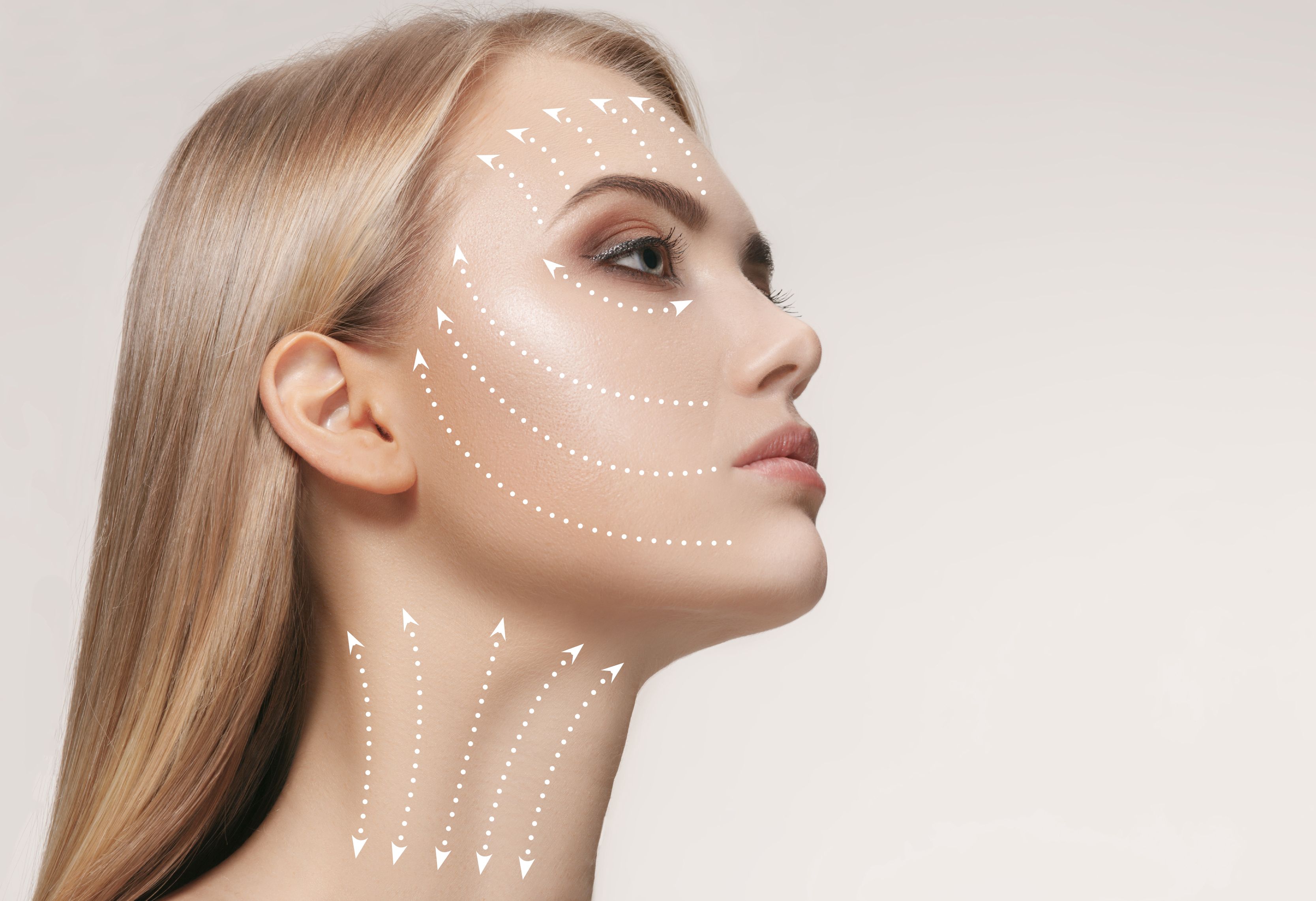 ⮜ Previous article
⮜ Previous article
Collagen - properties and action. How does it affect our health?
 Next article ⮞
Next article ⮞
